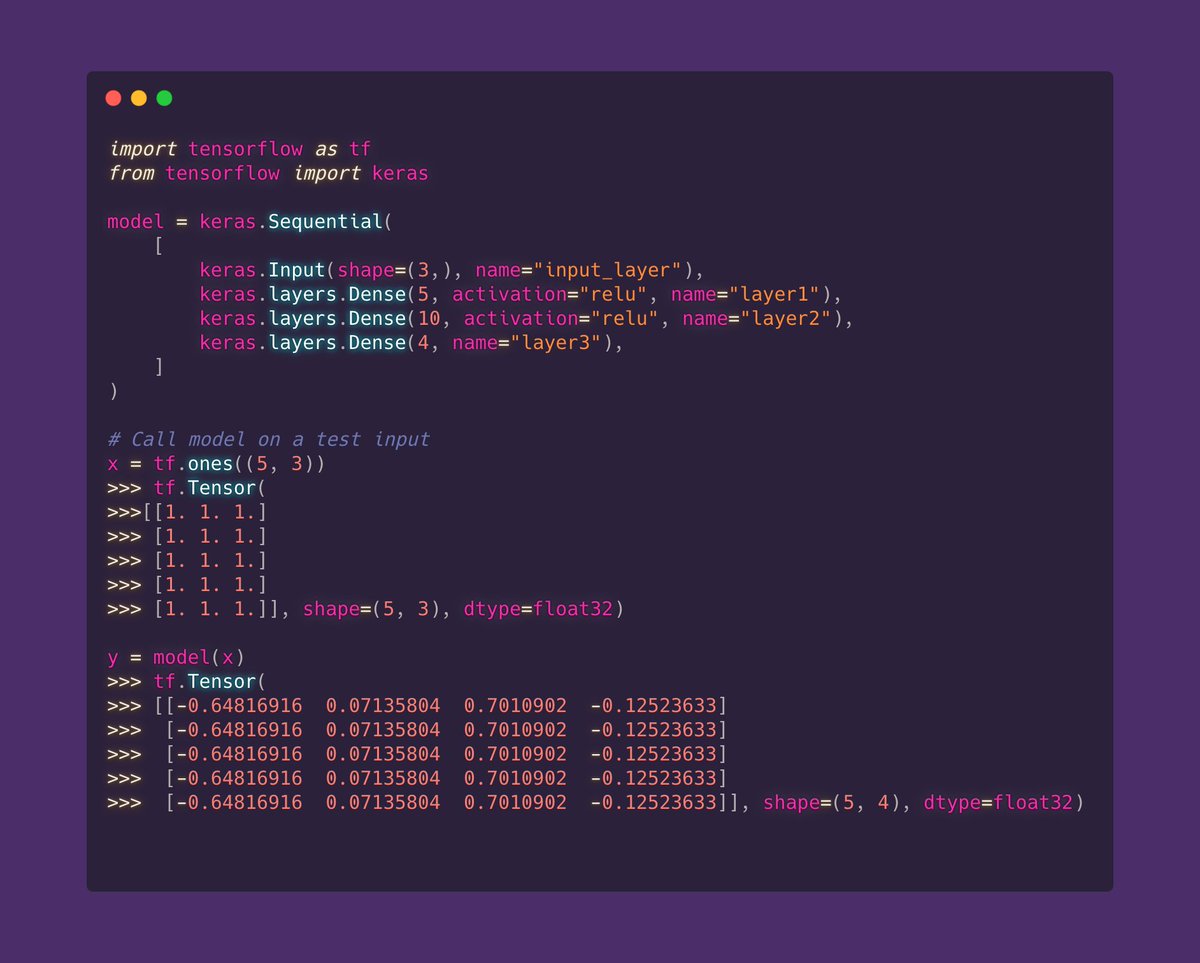
#GoogleIO2021 was last week and it's a lot of content to read/watch!
I'll post summaries of all the ML talks and help you be up to date
Let's start with my talk with @kempy about how #TFHub and how people are using it on the real world
[5 min]
1/7🧵
I'll post summaries of all the ML talks and help you be up to date
Let's start with my talk with @kempy about how #TFHub and how people are using it on the real world
[5 min]
1/7🧵
Having access to high quality models enables developers to solve their problems!
This makes ML more accessible to everyone and helps the society with it, like:
• Defend forests from illegal hunting
• Studying & protecting whales
• Blocking spam
• Helping farmers
2/7🧵
This makes ML more accessible to everyone and helps the society with it, like:
• Defend forests from illegal hunting
• Studying & protecting whales
• Blocking spam
• Helping farmers
2/7🧵
TensorFlow Hub has models for all the ML domains such as Image, Text, Audio and Video
For image, this tutorial can get you started with Transfer Learning. It does some cool tricks with the data and the final model is ready for on-device deployment
tensorflow.org/hub/tutorials/…
3/7🧵
For image, this tutorial can get you started with Transfer Learning. It does some cool tricks with the data and the final model is ready for on-device deployment
tensorflow.org/hub/tutorials/…
3/7🧵
On the Text domain, you can find models for text classification and text embeddings in multiple languages.
You can follow this BERT tutorial that show how to use a State of the Art model with text preprocessing and easy experimentation
tensorflow.org/text/tutorials…
4/7🧵
You can follow this BERT tutorial that show how to use a State of the Art model with text preprocessing and easy experimentation
tensorflow.org/text/tutorials…
4/7🧵
Audio is a very interesting domain
We usually think about understanding speech as the main task but it can do much more like audio classification and pitch detection
If you want to do Transfer Learning for audio classification, follow this tutorial tensorflow.org/tutorials/audi…
5/7🧵
We usually think about understanding speech as the main task but it can do much more like audio classification and pitch detection
If you want to do Transfer Learning for audio classification, follow this tutorial tensorflow.org/tutorials/audi…
5/7🧵
The Video domain is more than a combination of a bunch of images. One cool example of ML for Video is doing activity recognition
This tutorial can give you a good start on how to do it: tensorflow.org/hub/tutorials/…
6/7🧵
This tutorial can give you a good start on how to do it: tensorflow.org/hub/tutorials/…
6/7🧵
These are just some examples of how #TFHub can help you!
Do you have questions? Ideas? Leave them in the comments!
What are you building?
7/7🧵
Do you have questions? Ideas? Leave them in the comments!
What are you building?
7/7🧵
• • •
Missing some Tweet in this thread? You can try to
force a refresh











